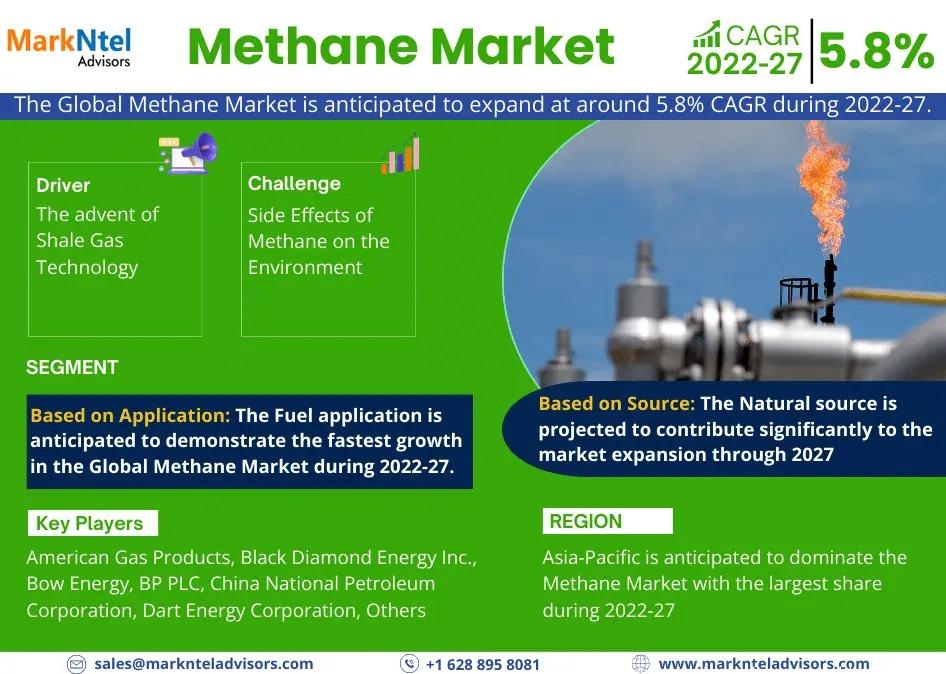Why SBR Latex Price Moves with Raw Materials

To understand the fluctuations of SBR Latex Price, one must look at the cost structure behind producing Styrene Butadiene Latex. The polymer is synthesized via the copolymerization of styrene and butadiene, with variations in process (emulsion polymerization vs solution polymerization) influencing cost and properties.
Key cost components include:
Raw materials: styrene and butadiene monomers.
Energy and utilities: polymerisation, mixing, drying.
Additives and formulation: stabilisers, emulsifiers, surfactants.
Logistics and packaging: transporting latex, often in drums or pallets.
Quality control and compliance: for grades intended for construction or adhesive use.
When any of these components fluctuates, the SBR Latex Price will reflect the impact. For instance, a spike in butadiene prices caused by upstream petrochemical constraints will raise cost of the latex. On the other hand, if there is overcapacity in latex manufacture, the pressure may push the SBR Latex Price downward as suppliers offer discounts to keep plants running.
Manufacturers of Styrene Butadiene Latex must therefore keep close watch on market indicators of feedstock prices, global butadiene availability, as well as regulatory pressure (emissions controls) which may elevate manufacturing cost. Strategically, when the SBR Latex Price appears to be rising due to raw material inflation, buyers may explore alternative binders or negotiate longer-term contracts to lock preferable pricing. Conversely, if costs fall, it may offer an opportunity to refresh contracts or gain margin improvement.





